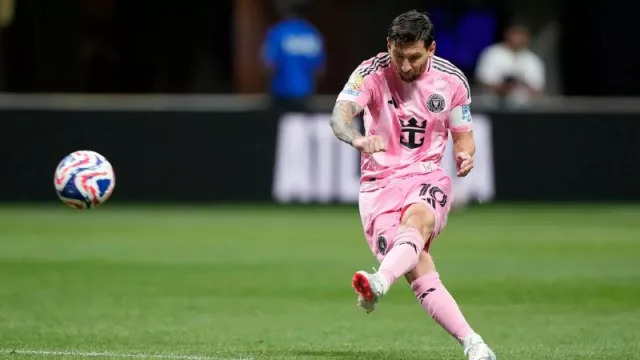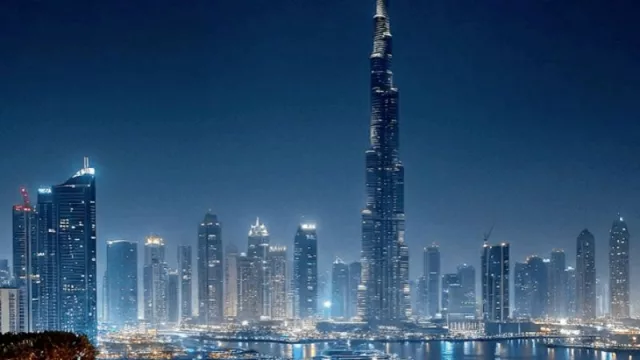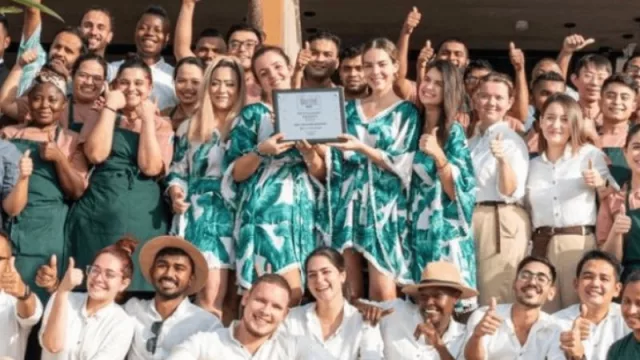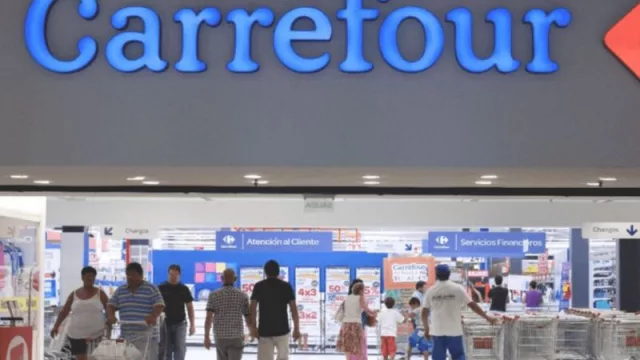But here’s the question: what does it mean for football, for Messi, for Inter Miami (and Miami), and for Argentina, that a leading newspaper like The Washington Post is focusing on delivering such disruptive, high-impact content?
-
It’s clear that Messi has transformed football both on and off the pitch, and fundamentally, that football has changed in the U.S.—forever. (Thanks to Beckham and Messi…)
-
Using 3D graphics and biomechanical data, the study demonstrates that every Messi shot is a masterclass in millimeter precision.
-
In Miami, a city where sports are a key economic driver, the answer is obvious: excellence is built on innovation, data, and impeccable execution.
Quick Miami Note: 5 Keys to Messi’s Success Every Leader Should Copy
-
23.5° Angle: The sweet spot that avoids the wall and tricks the goalkeeper (according to The Washington Post).
-
8 Revolutions Per Second (RPS): Creates a Magnus effect that curves the ball like a missile.
-
717 Free Kicks Practiced Annually: 2 hours of targeted daily training (ESPN).
-
Success Rate of 9.4%: Double the MLS average (4.7%) (Opta Sports).
-
Branding of Perfection: Every goal generates USD $1.2M in sponsor value for brands like Adidas (Forbes).
Deep Dive: From the Field to the Boardroom
1. The Physics of Success: Why 23.5° Is the Angle of Champions
The Washington Post broke down Messi’s 2021 free kick against Paraguay in 3D:
-
Speed: 105 km/h
-
Initial Height: 1.2 meters
-
Impact Point: Bottom edge of the ball, generating a 72% lift effect
This calculation, similar to the rocket trajectories used by SpaceX, maximizes curve and minimizes resistance. As Safi Bahcall notes in Loonshots, disruptive angles—like Amazon’s prime model—set leaders apart from the rest.
2. Magnus Effect: Turning Problems into Solutions
Messi’s spin (8 RPS) creates pressure differences that deviate the ball’s path. He uses this to bend around walls... just as companies can use strategic innovation to outmaneuver competitors.
Key fact: Messi’s spin is equivalent to 480 RPM—similar to Tesla turbines used in energy storage.
3. The 10,000-Hour Rule (Applied to Millions in Revenue)
Messi has been practicing free kicks since age 8. His discipline reflects Anders Ericsson’s theory in Peak:
-
Deliberate Practice: 90% of his training involves realistic match scenarios.
4. Miami: The Lab Where Sports and Business Play as a Team—and Where Soccer Is Changing America and the World
The Washington Post’s analysis isn’t just a tribute to Messi; it’s a blueprint for managers, entrepreneurs, and cities like Miami investing in excellence.
It’s clear: Messi has forever changed football, on and off the pitch, and especially in the U.S.
Next time you watch a free kick, think about the 23.5 degrees that separate the ordinary from the extraordinary—and consider how to apply that margin to your business.
FAQs: Questions That Unlock Opportunities
Why is 23.5° so effective?
It’s the angle that maximizes curvature without sacrificing speed—similar to niche strategies in saturated markets.
How can I measure the "Magnus Effect" in my company?
By innovating with data: 67% of Miami’s scaleups use AI to predict trends (eMerge Report 2025).
Does Messi train differently?
Yes: 80% of his free kicks are taken under simulated fatigue conditions—techniques used by Navy SEALs and CEOs like Tim Cook.
Which Miami businesses are applying this science?
Beckham Capital (sports investment funds) and TechHub Miami leverage similar algorithms to optimize investments.
Verifiable Data:
-
9.4% success rate in Messi’s free kicks (Opta).
-
USD $1.2M in brand value per goal (Forbes).
-
480 RPM in Magnus effect (Washington Post).
Recommended Books:
-
Loonshots by Safi Bahcall: Disruptive innovation
-
Peak by Anders Ericsson: Mastery through deliberate practice
-
The Barcelona Way by Damian Hughes: Managing elite teams
Multimedia Reference:
Full video from @washingtonpost on Instagram: a 3D breakdown of Messi’s free kick, showing angles, force, and trajectory.
Are you ready to turn your challenges into winning free kicks? Share this note and start measuring your success angles!
Subscribe to Infonegocios.Miami for more analysis where sports, science, and business collide.
Read Smart, Be Smarter!
Infonegocios NETWORK: 4.5 million Anglo-Latinos united by a passion for business.
Join us and stay informed:
Subscribe for free
Contact Infonegocios MIAMI:
-
marcelo.maurizio@gmail.com












Tu opinión enriquece este artículo: